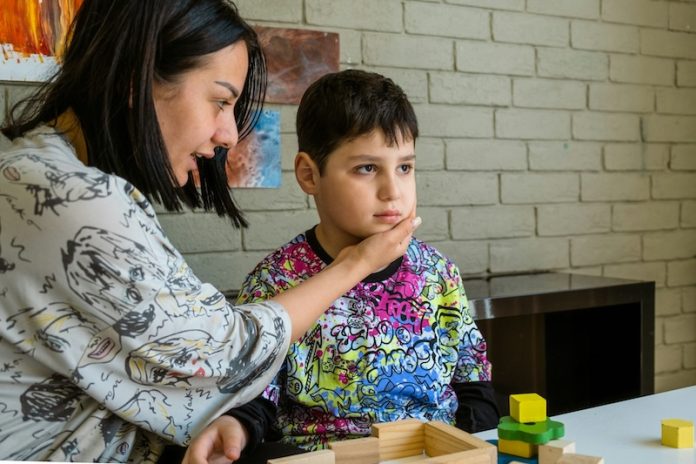
Scientists from Mayo Clinic and Yale University have made an important discovery that could help us understand how autism spectrum disorder (ASD) begins.
They used tiny lab-grown models of the human brain, called “mini-brains” or organoids, to study how the brain develops. These mini-brains are made from human cells and are designed to mimic how real brains grow in the early stages of life, especially during pregnancy.
Autism is a condition that affects how people interact with others and how they behave. It is called a “spectrum” because it includes a wide range of challenges and abilities.
Some people with autism may struggle with talking or making friends, while others may have strong interests or repeat certain behaviors. According to the U.S. Centers for Disease Control, about 1 in every 36 children is now diagnosed with autism.
In this new study, the researchers focused on one specific part of the brain known as the forebrain, which plays a major role in thinking, memory, and emotions. They found that in the mini-brains grown from people with autism, there was an imbalance in a certain type of brain cell called excitatory neurons.
These cells are responsible for sending signals between brain areas and are important for communication within the brain. The researchers noticed that people with autism had too many of these excitatory neurons in their forebrain.
What makes this even more interesting is that this imbalance seemed to be linked to head size. Some people with autism have larger head sizes, and this could be connected to how their brains develop early on. The scientists believe that this early overgrowth of brain cells could be a key clue in understanding autism.
To carry out their research, the scientists began with skin cells taken from people with and without autism. These cells were changed into stem-cell-like cells, which can grow into almost any type of cell in the body, including brain cells. They then grew these cells into mini-brains to watch how they developed over time.
To learn more about what was happening inside these mini-brains, the team used a powerful method called single-cell RNA sequencing. This method lets them look at each brain cell one by one to see which genes are active.
In total, they studied more than 664,000 individual brain cells at three different stages of development. This gave them a detailed look at how genes in brain cells change during early growth.
The researchers found that certain genes involved in brain development behaved differently in the cells from people with autism. One gene in particular, called FOXG1, stood out. In earlier studies, this gene had already been connected to autism.
It seems to play a major role in how the brain forms during pregnancy, and changes in this gene could lead to differences in brain structure and function.
This study builds on more than ten years of research by Dr. Alexej Abyzov from Mayo Clinic and Dr. Flora Vaccarino from Yale University. They have been working together to understand the biological roots of autism.
Dr. Abyzov believes that in the future, doctors might be able to predict a baby’s risk of autism even before birth, through genetic testing during pregnancy. But to make this possible, scientists need to fully understand how brain development goes off track in autism. He believes mini-brains, like the ones used in this study, could help fill in the missing pieces of the puzzle.
The full findings of the study were published in the journal Nature Neuroscience.
If you care about autism, please read studies that cats may help decrease anxiety for kids with autism and new study may develop better treatment for autism
For more information about health, please see recent studies about how to eat your way to a healthy brain, and results showing this type of food may contribute to autism.
Copyright © 2025 Knowridge Science Report. All rights reserved.



